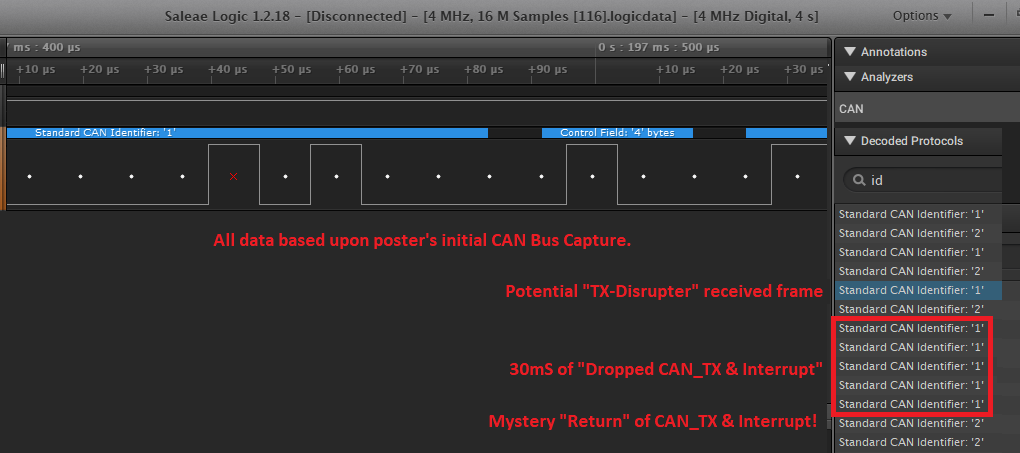I am working on Tiva TM4C1290NCZAD Microcontroller.
I send CAN messages with 4 bytes data in every 5ms and receive with same interval from other device.
My problem is that some transmitted frames are missed occasionally and it's TX CAN interrupt is missing occasionally (The TX CAN interrupt is generated after the completion of transmission).
Does TM4C controllers guarantee CAN TX interrupt all time?
Regards,
Muhammad Hanafy



